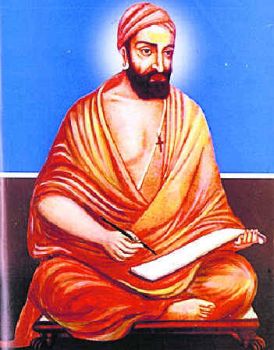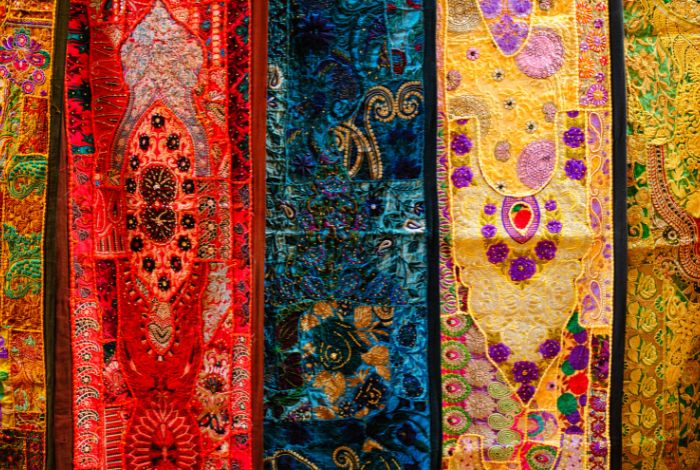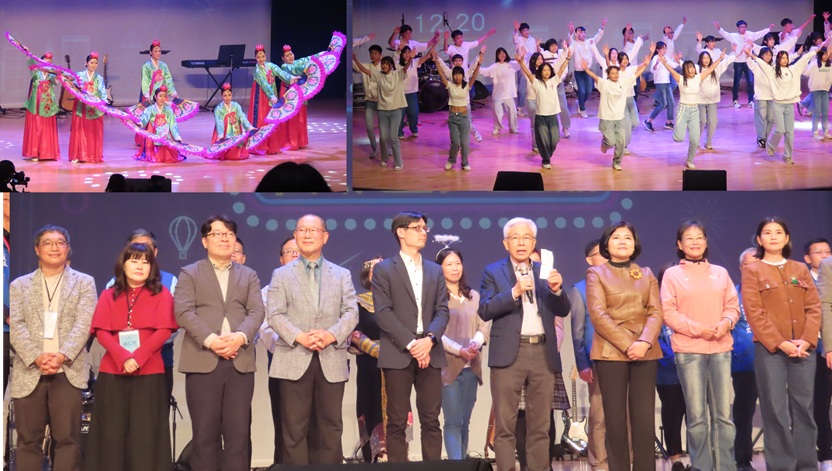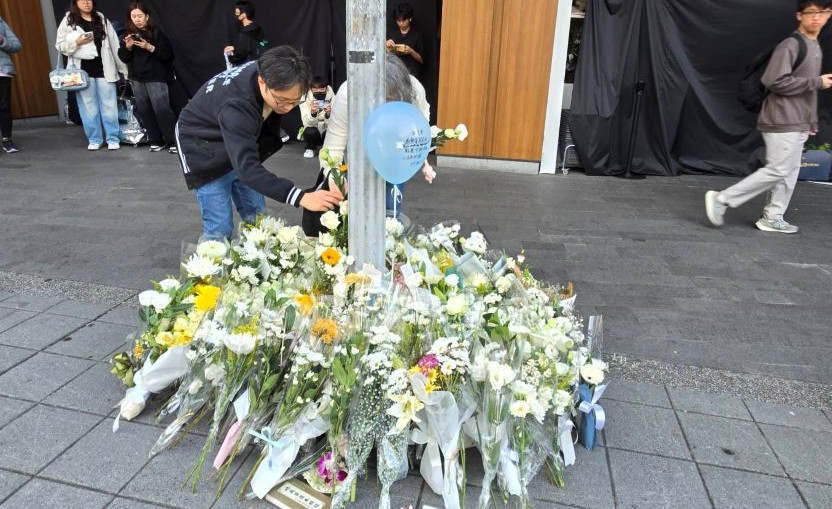◎Wil Rogan (Carey Theological College, Assistant Professor in Biblical Studies—New Testament)
Roberto de Nobili (1577-1656) became one of the most controversial missionaries in the 17th century because of his radical, committed endeavor to bring the gospel to Hindu aristocrats in India. After finding that he was considered to be a paranghi –– a foreigner of no social standing –– de Nobili devoted himself to becoming a Hindu scholar of great esteem and a well-respected religious man: he learned classical Tamil, he became a scholar of Sanskrit, he attained the highest level of Brahmin asceticism and became a sannyasi, he came to be recognized as a religious man of great wisdom, and so on. Between 1607-1609, 84 Indians from the high-caste had converted to Christianity because of his labors. In these efforts, de Nobili showed himself to be engaged in incarnational mission: he presented a Christianity to Indians in their cultural idiom.

The controversy that arose was whether Christianity could accommodate the Indian caste-system without compromising the gospel. Lower-caste Indians had also become Christians through the missionary efforts of others. Since lower-caste and upper-caste Indians did not associate with each other, how were they to worship with each other? Roberto de Nobili offered a solution. A church was built that allowed Indians of lower and higher castes to worship God under the same roof, but not to associate with each other; a barrier was erected between the two levels of the church, so that the lower and upper-caste members would not touch each other. De Nobili
thought that this arrangement reflected the theological truth that all people are made in the image of God, and that all people could be reconciled to God. In other words, reconciliation with God,
in de Nobili's view, did not entail reconciliation with each other across cultural traditions of estrangement.

But reconciliation with God is made visible in reconciliation with each other. The opposite of reconciliation is enmity, which is the condition of being enemies, or the hostility that arises from
imagining other people as danger, threat, and liability. In one sense, enmity is the fallen condition that produces hate. In another sense, hate is the fuel of enmity. In any case, the church –– the one
body of Christ spread throughout time and space –– must not capitulate to the estrangement, alienation, and misery of enmity. The church cannot capitulate to the enmity that exists everywhere now in world, because we have been reconciled to God, a reconciliation that undoes our enmity with God and unmakes our enmity with one another.
But, what do I know? Consider these words of Paul (Eph 2:11–22):
Therefore, remember that once you Gentiles in flesh –– (you who are called “Foreskin” by the one called “Circumcision,” made by hands in the flesh) –– that you were at that time apart from Christ, estranged from the people of Israel and strangers to the covenants of promise, not having hope and without God in the world. But now, in Christ Jesus, you who once were far off were brought near by the blood of the Christ.
For Christ is the peace between us, the one who in his flesh makes the “us-and-them” into one and who breaks down the boundary that forms a dividing wall, which is enmity, by abolishing the law of the commandments consisting in authoritative orders, in order that he might create in himself one new humanity out of the two, thereby making peace, and in order that he might reconcile the “us-and-them” in one body to God through the cross, thereby putting to death the enmity by it. And, when he came, he proclaimed peace to you who are far off and peace to you who are near. Because through him we both have access in one Spirit to the Father.
So then, no longer are you strangers and foreigners, but you are fellow citizens with the holy ones and members of the household of God, built on the foundation of the apostles and prophets, the cornerstone being Christ Jesus himself, in whom the whole building, being fitted together, grows into a holy temple in the Lord, in which you also are being built into a dwelling place of God in the Spirit.

A PRAYER
Lord Jesus Christ, you are the peace between us. We admit that we find it easy to explain what is wrong with the world by talking about other people, even whole groups of people, even whole nations. We locate the problems besetting your world outside of ourselves –– the injustices, the pains, the hostilities –– because we can’t bear to see that we are what is wrong with the world. Help us remember, O God, that you made us alive who once were dead and drew us near who once were far off, so that we may be a witness to the staggering gift of salvation, which is the peace and life that are in Christ. How wonderful it is to be members of your household. AMEN.
SOURCES:
1. Learn about Roberto de Nobili and the whole of Christianity as a global movement in Scott Sunquist and Dale Irvin's incomparable work, History of the World Christian Movement (2 vols.). The story about de Nobili is in vol. 2., pp. 205-207.
2. The translation of Eph 2:11–22 is my own.
Wil Rogan, PhD, is assistant professor of biblical studies at Carey Theological College in Vancouver, B.C, Canada.








